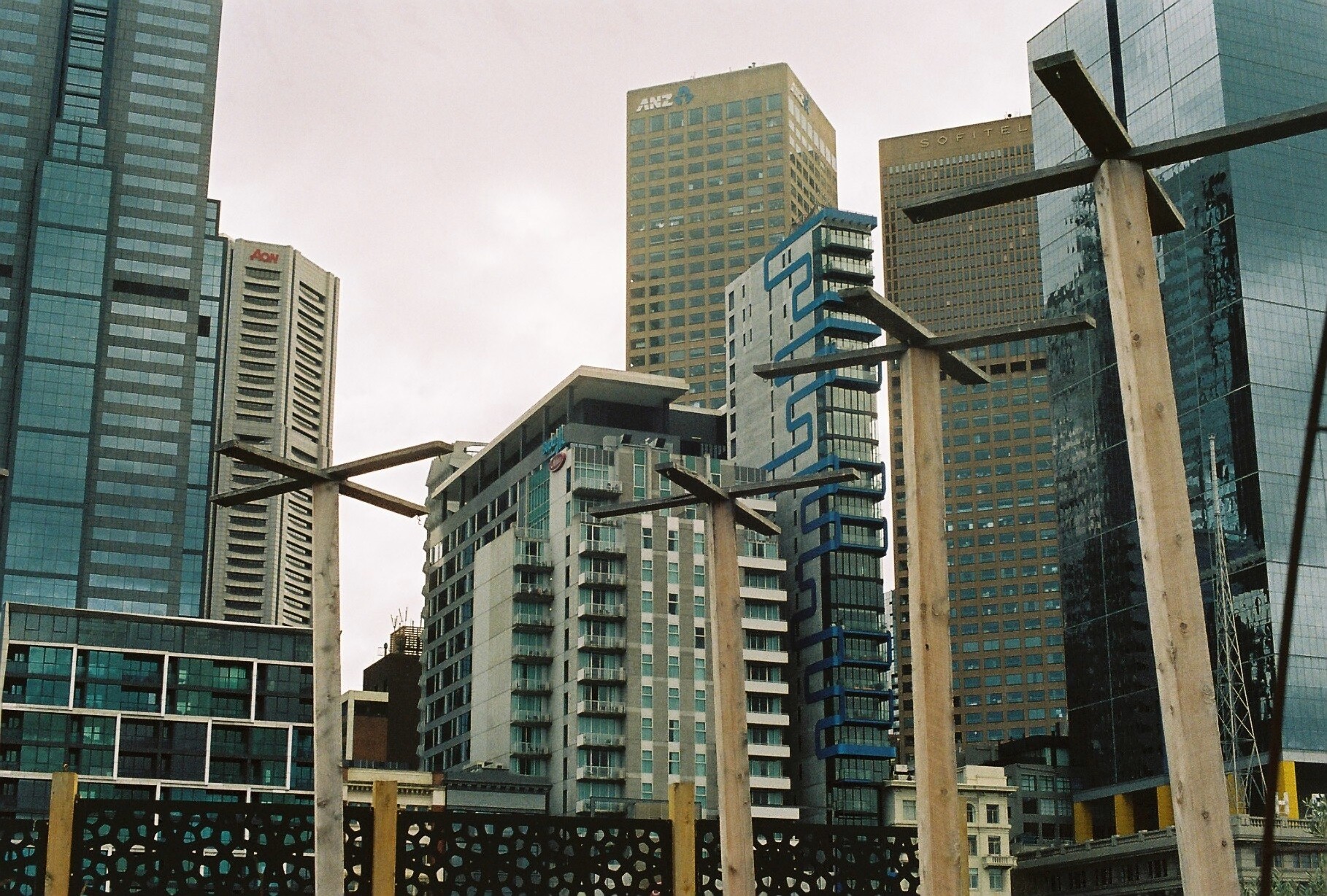Coming from a big, Greek and need I say loud family, I never had the luxury of silence. Today, silence is forced upon me through the isolation of my room. Don’t get me wrong this is a good thing, having my own space, my own privacy but for the first few nights I found it impossible to sleep. My ears were muffled with silence and for the first time all I could hear was my own thoughts. There was no background talking, no footsteps, no cars, no movement. But I was wrong.
In todays class we discussed the topic of sound, or the lack of for that matter. We were shown the example of Alvin Luciers recording I Am Sitting In A Room, where he records his voice then plays it back and records it again over and over to the point where the words become lost in a melodic sound of an almost meditative melody.What you end up hearing is the frequencies rather than the voice and words.
The part that surprised me most was the example of Jacob Kirkegaards Swimming Pool, where he records various silent rooms in a similar way to Alvin Lucier by recording it over and over and the noise that comes from it sounded harmonious and solemn. The interesting part about Kirkegaards work is that the places he chose to record used to be social spaces in what is now called the Zone of Alienation in Chernobyl, Ukraine. The sounds of these various rooms and various past social spaces had very different frequencies flowing within them and this raises the question as to whether the history of the space can effect the these frequencies.
This is where it becomes really interesting for me and my so called ‘silent’ room. What kind of frequencies are bouncing off my walls? What about my kitchen walls, or my bathroom walls? Do these frequencies differ according to the history of a space?
Todays class challenged the notion of silence and inspired me to do this experiment in my own home and compare the frequencies in various rooms where there is (what I used to call) silence.
